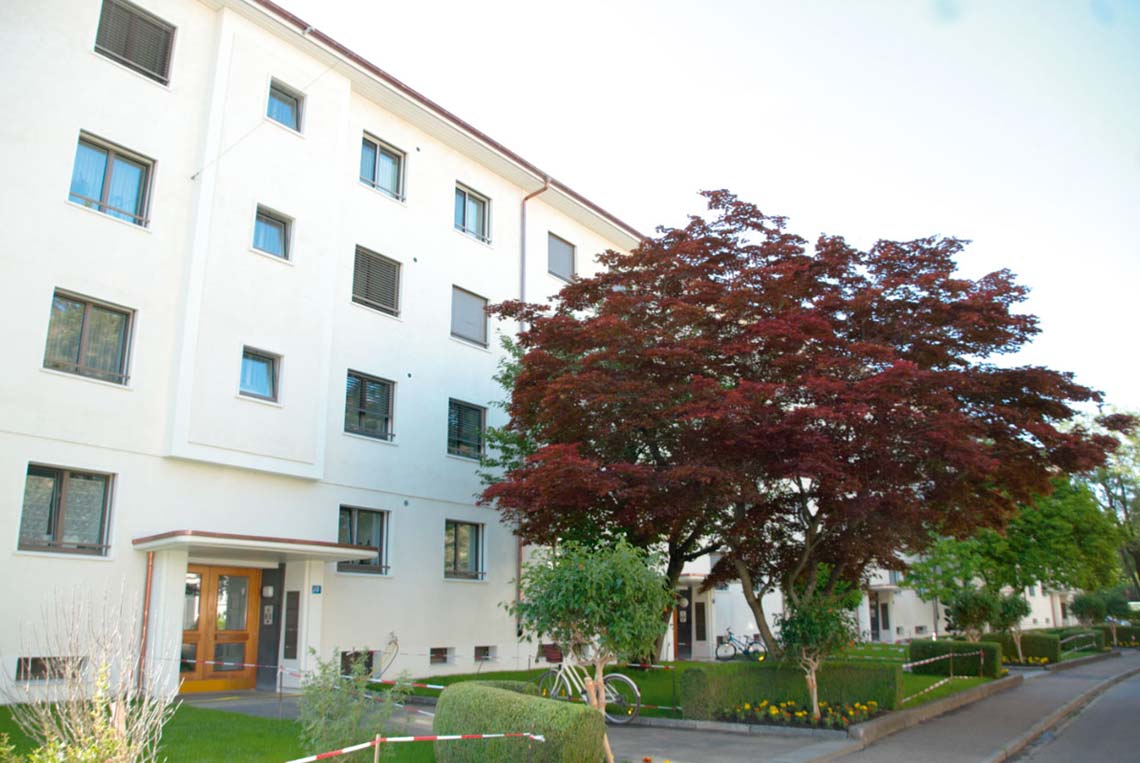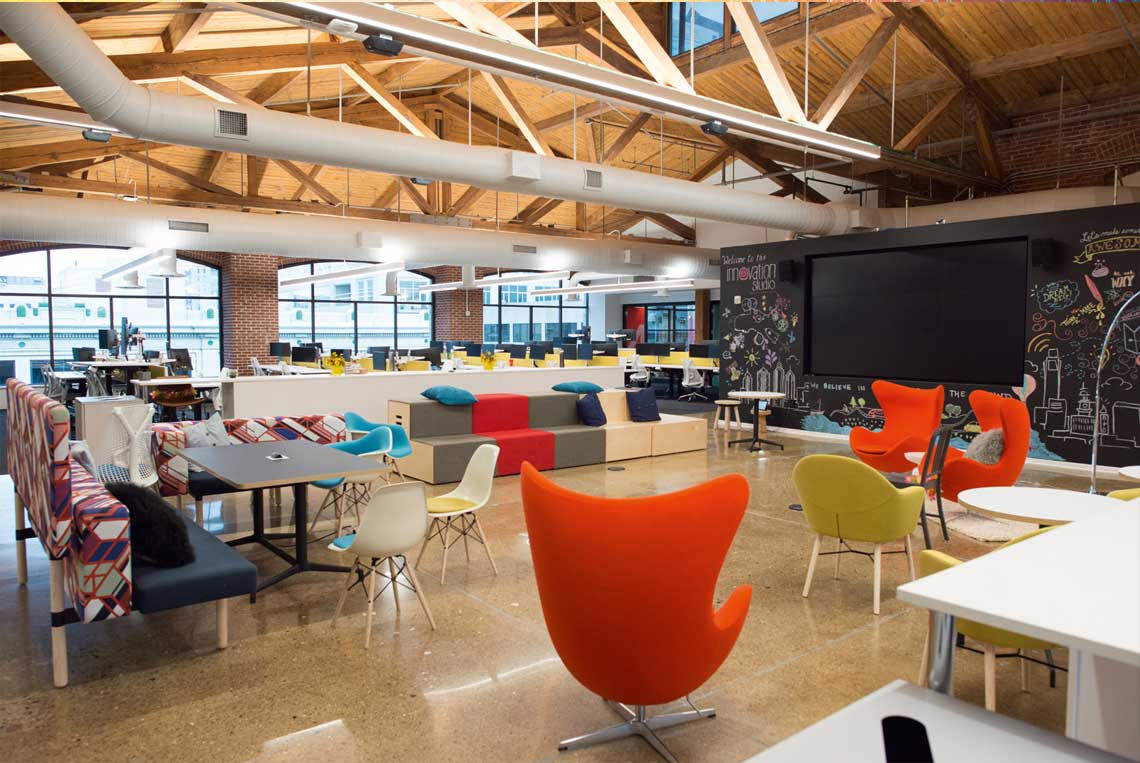The smart building planning process – Five steps for creating the IoT-ready building
Issue :
read all articles online
read as pdf
A lot has been written about the “smart building.” But how do you plan something like that?
Step 1: Define the requirements
The first step is to determine what you expect to get out of a smart building. You may want to monitor how intensively the rest rooms are used in order to adapt the cleaning intervals according to the requirements. Or would you like to install beacons in the building so that employees and guests can navigate the building? Or should elevators, coffee machines and toilet flush valves send their usage data to a higher-level BMS (building management system) in order to contribute to an overall understanding of the building use or employee well-being? Make a departure from the ways in which building automation used to be planned and formulate your own ideas as requirements.
Step 2: Check feasibility
Research whether other projects that meet your requirements already exist. You will not have to reinvent the wheel for all innovative ideas. When you do break new ground, you should consider a prototype installation of a pilot area.
Step 3: Draw up specifications
Formulate your requirements with a focus on benefits and results. Determine the precise performance of the automation system as specifically as possible. These requirements will become part of the later contract or form the basis for a later acceptance process.
In this step, you should also keep in mind that the building must be prepared for later expansion. In this regard, it is necessary to stipulate the support of radio-based sensors. This is the only way to respond to the sensor type and position as flexibly as possible. Also keep in mind that these radio-based sensors must operate without batteries – the large number of sensors to be expected will make it impossible to regularly replace the batteries.
Step 4: Choose a suitable building planner
This will be the most difficult step: Building planners like to rely on empirical figures and prefer to stick to what they know. Empirical figures are rarely available for most innovative requirements. There are good building planners who dare to try something new – and with a little patience, you will find them.
Step 5: Select technology, manufacturers and a system integrator
The last step is to select the technology and manufacturers. First look for a competent and innovative system integrator. You should take into account the system integrator’s experience and judgment when choosing the components. After all, he will support and add to these components later on.
If you would like assistance in planning your building, we would be happy to help out with a one-day workshop through the Institut für Gebäudetechnologie. During this workshop, we can explain all steps in detail, based on specific, practical examples, and flesh out steps 1 and 2, in particular, through the use of proven checklists and templates. More information can be found on our website under “Beratung” (Consulting).
New articles in Smart Spaces
Top articles






